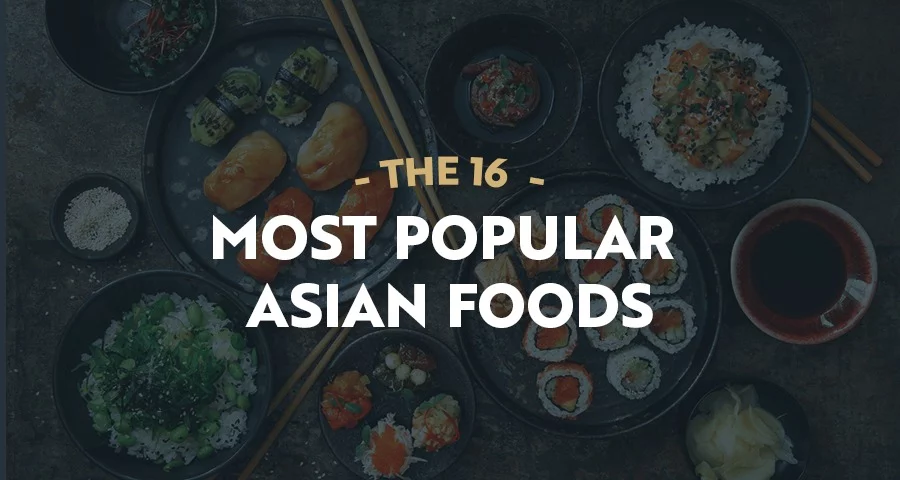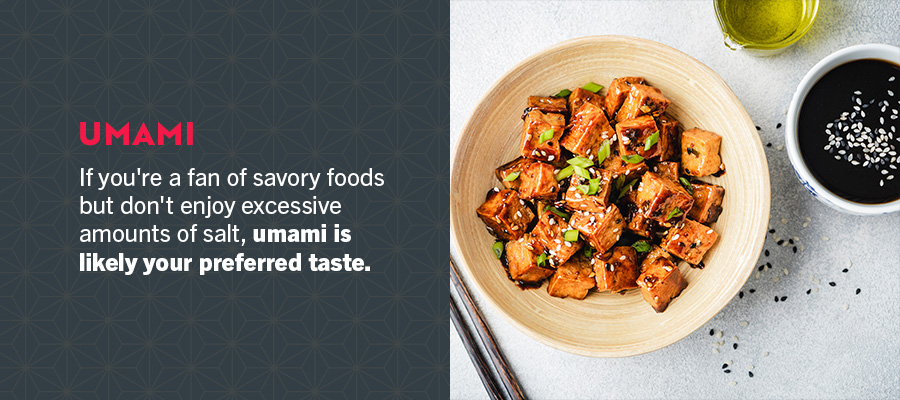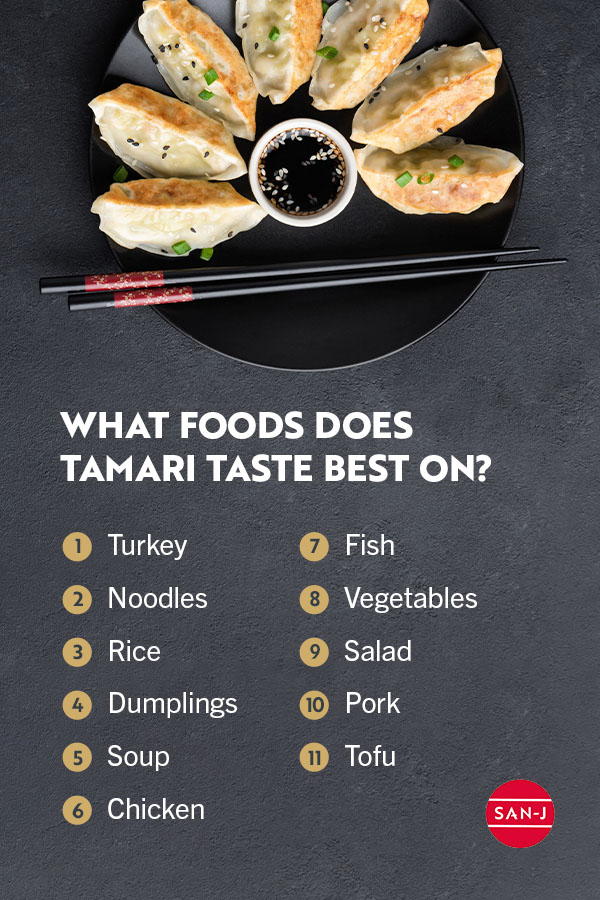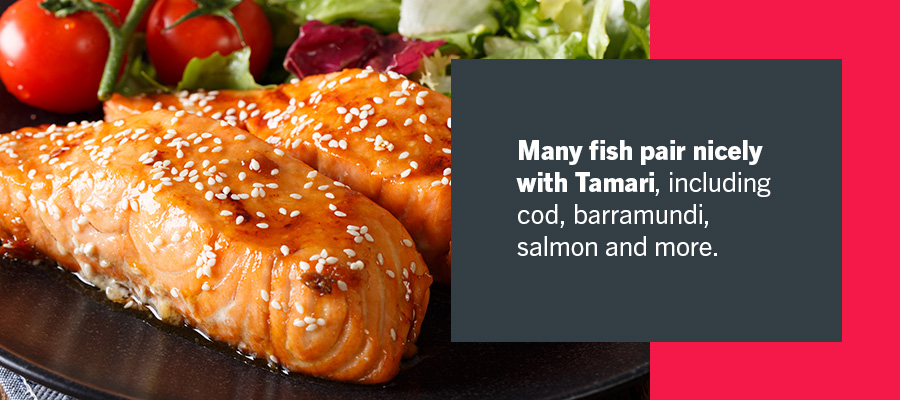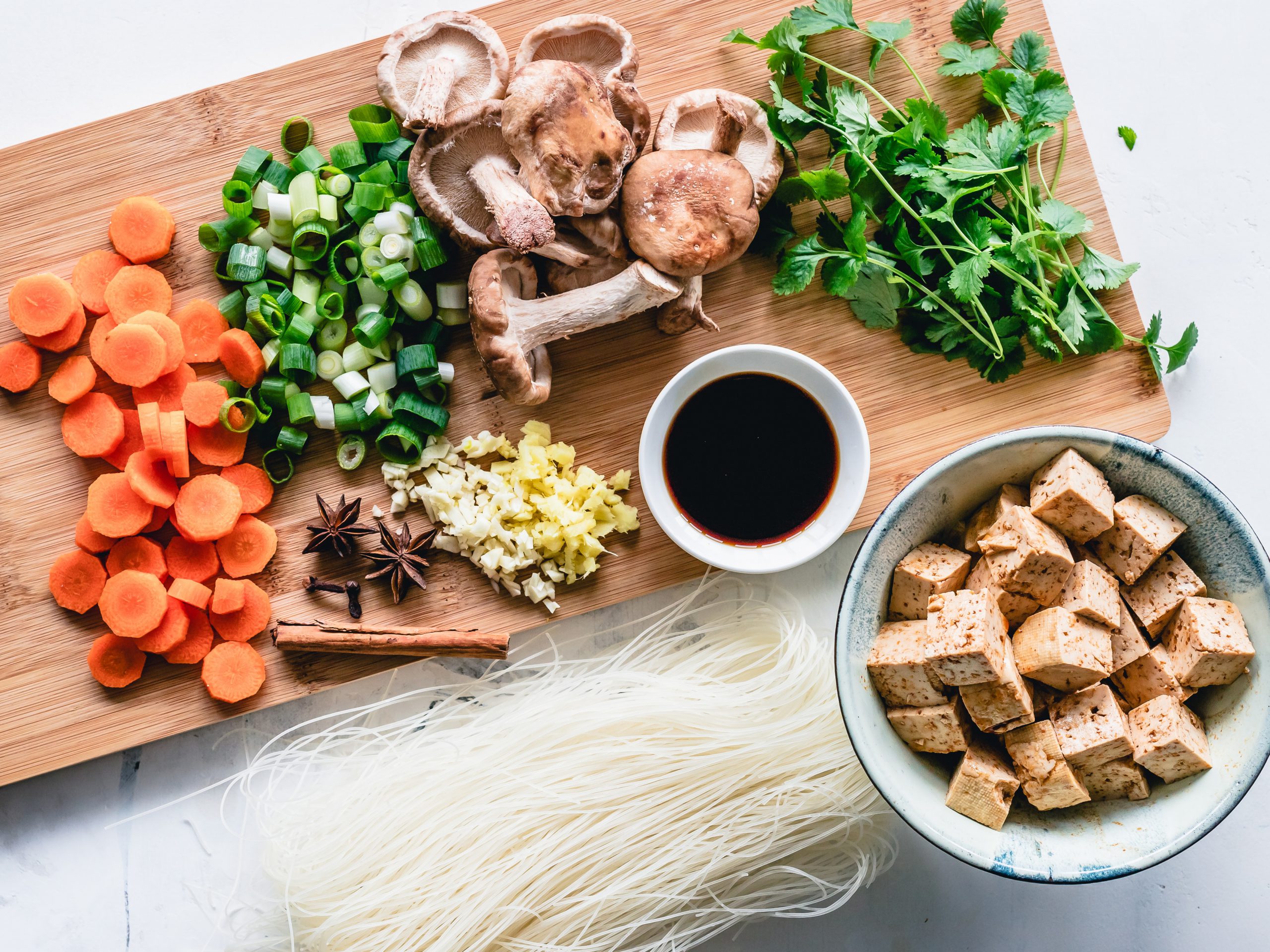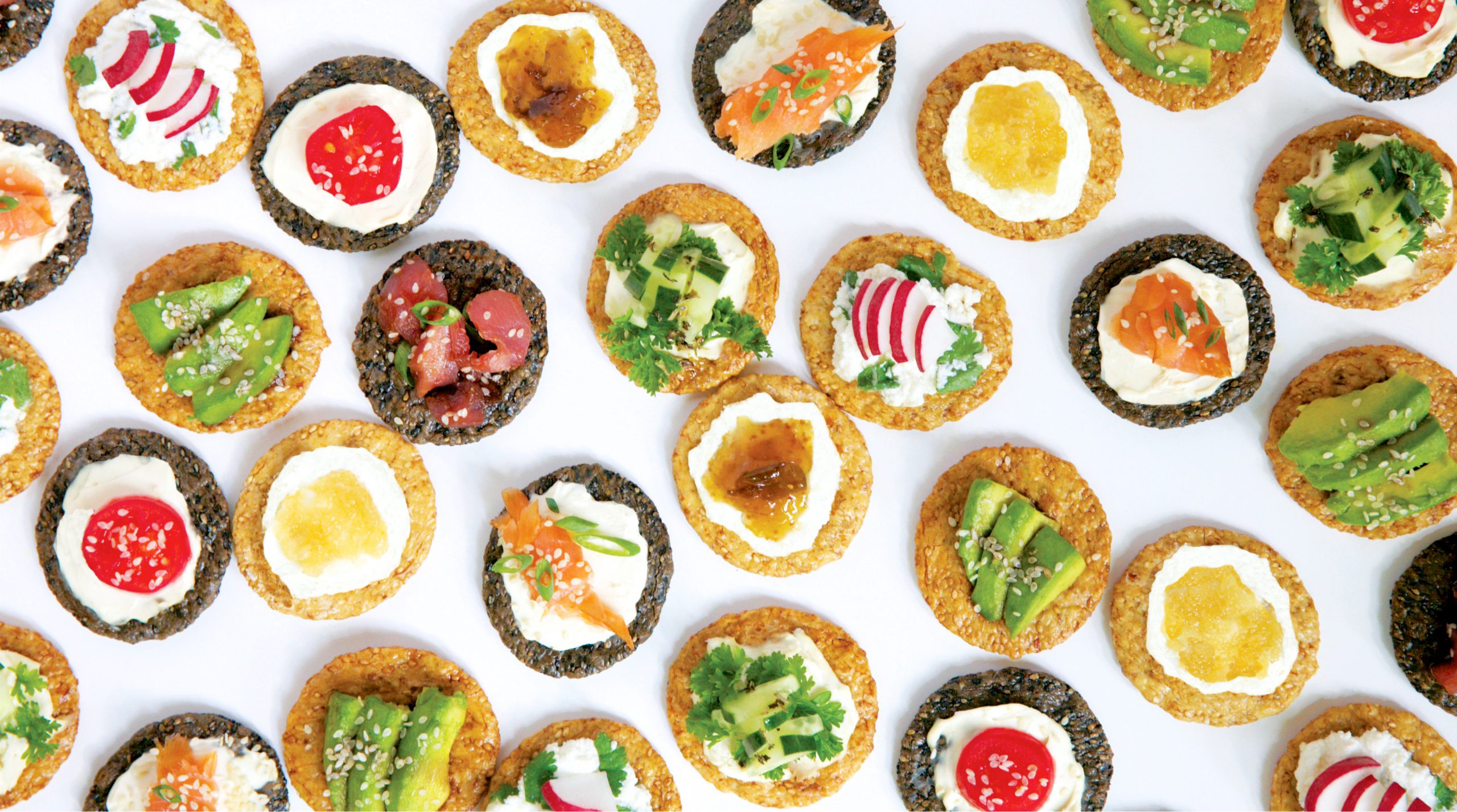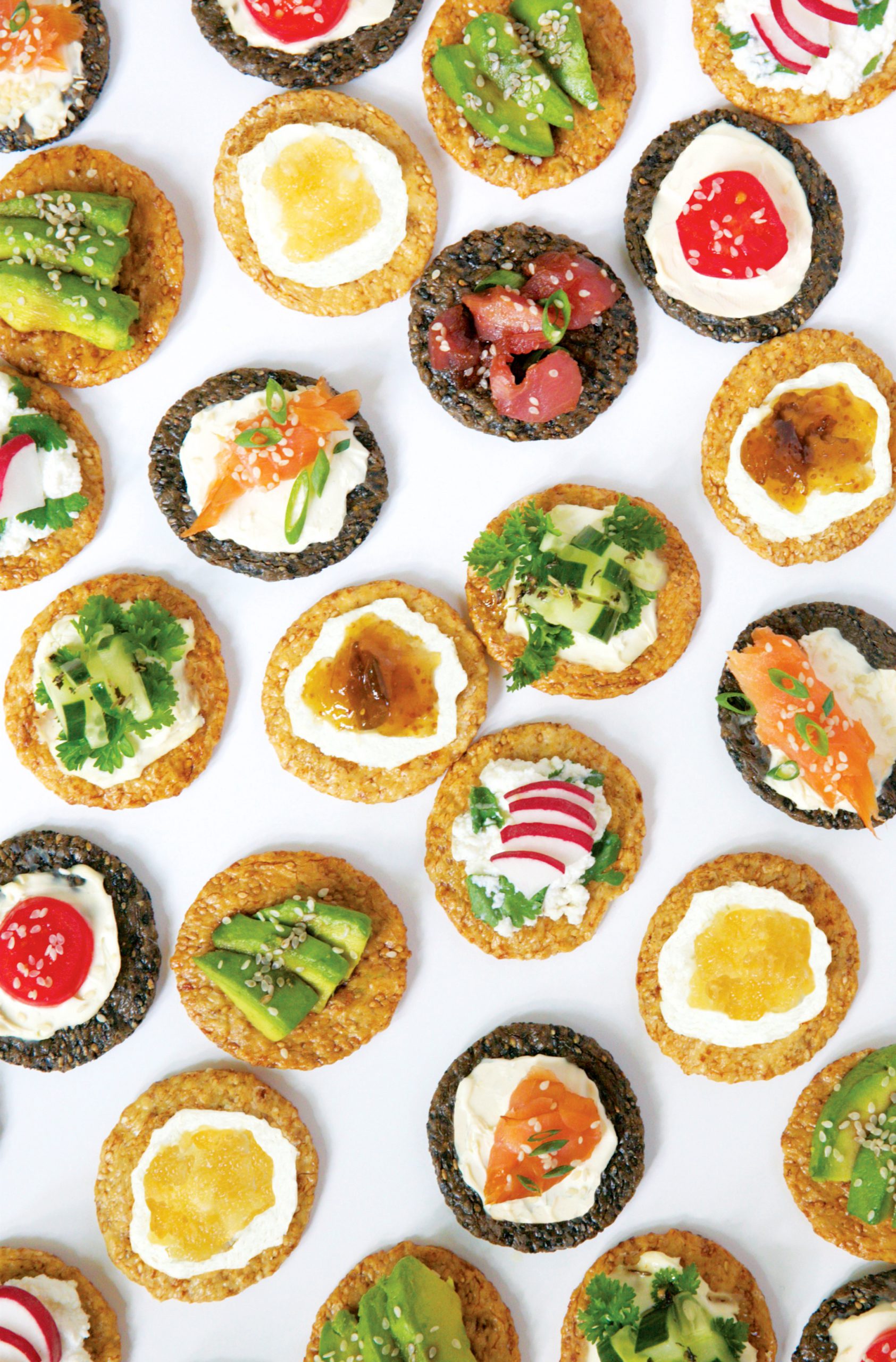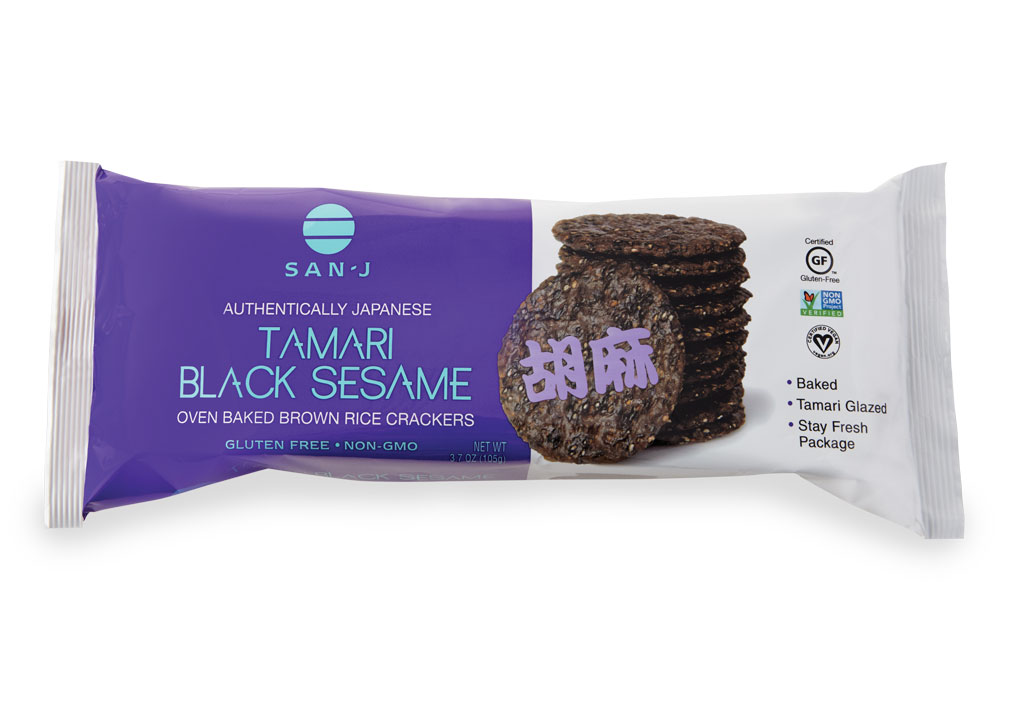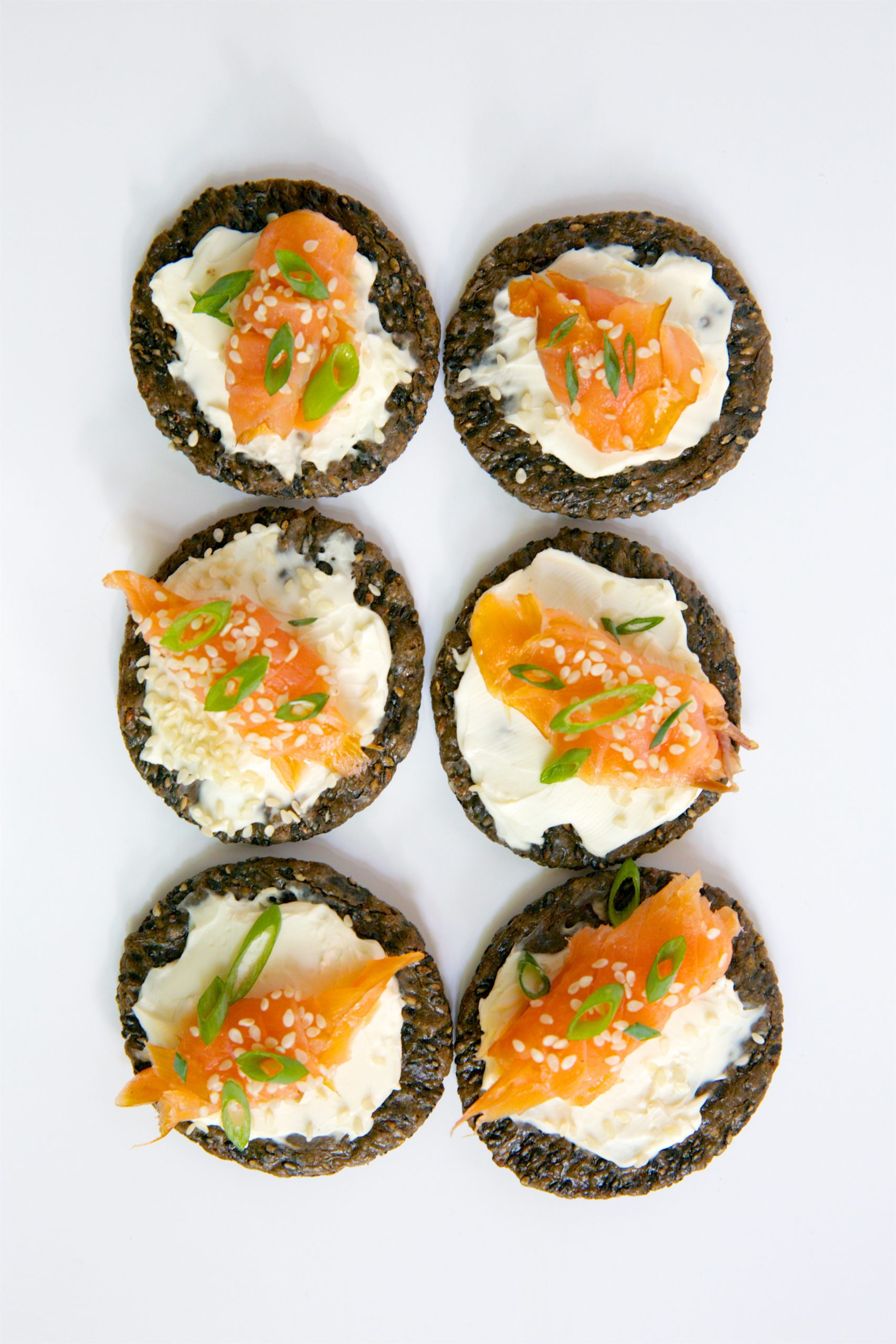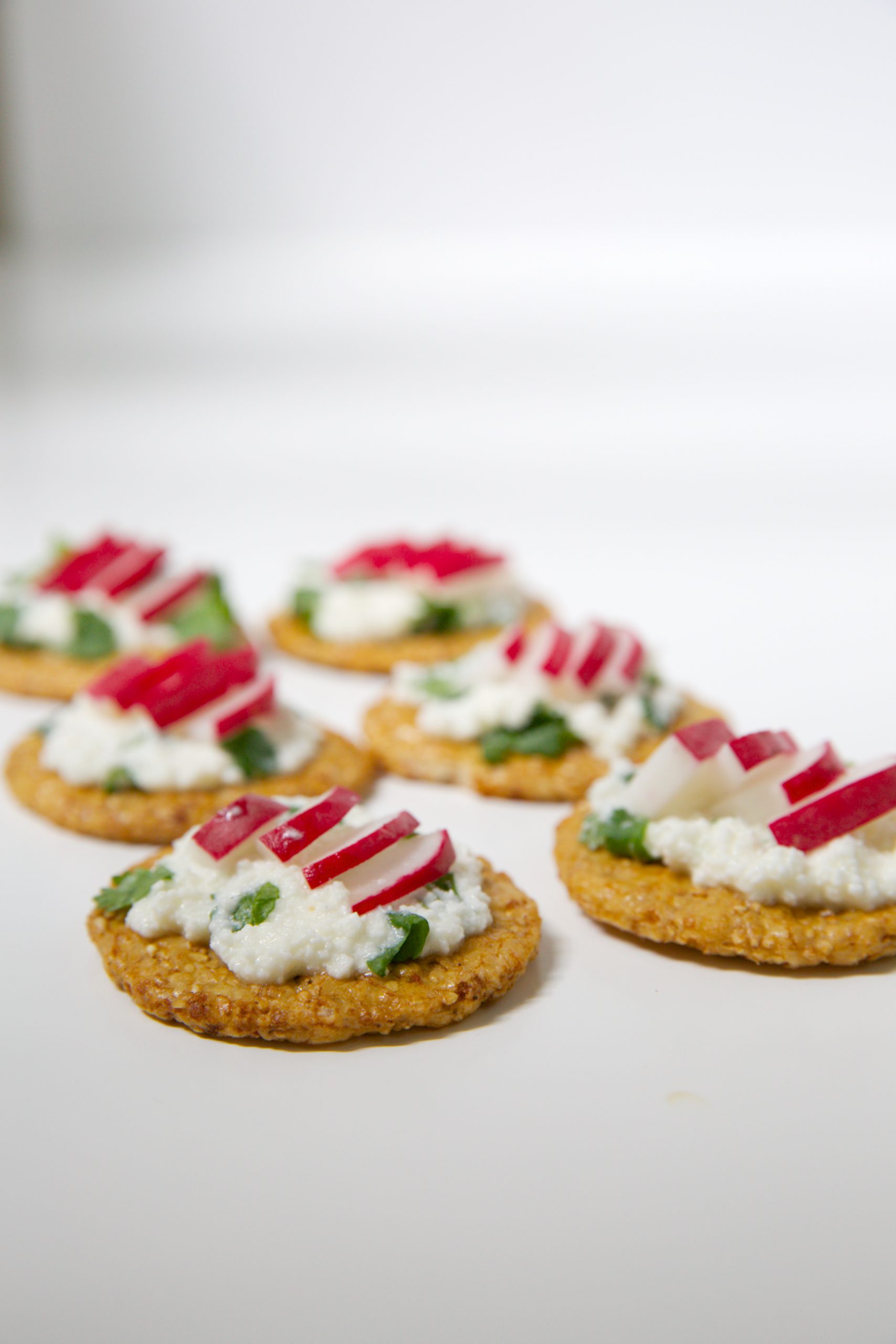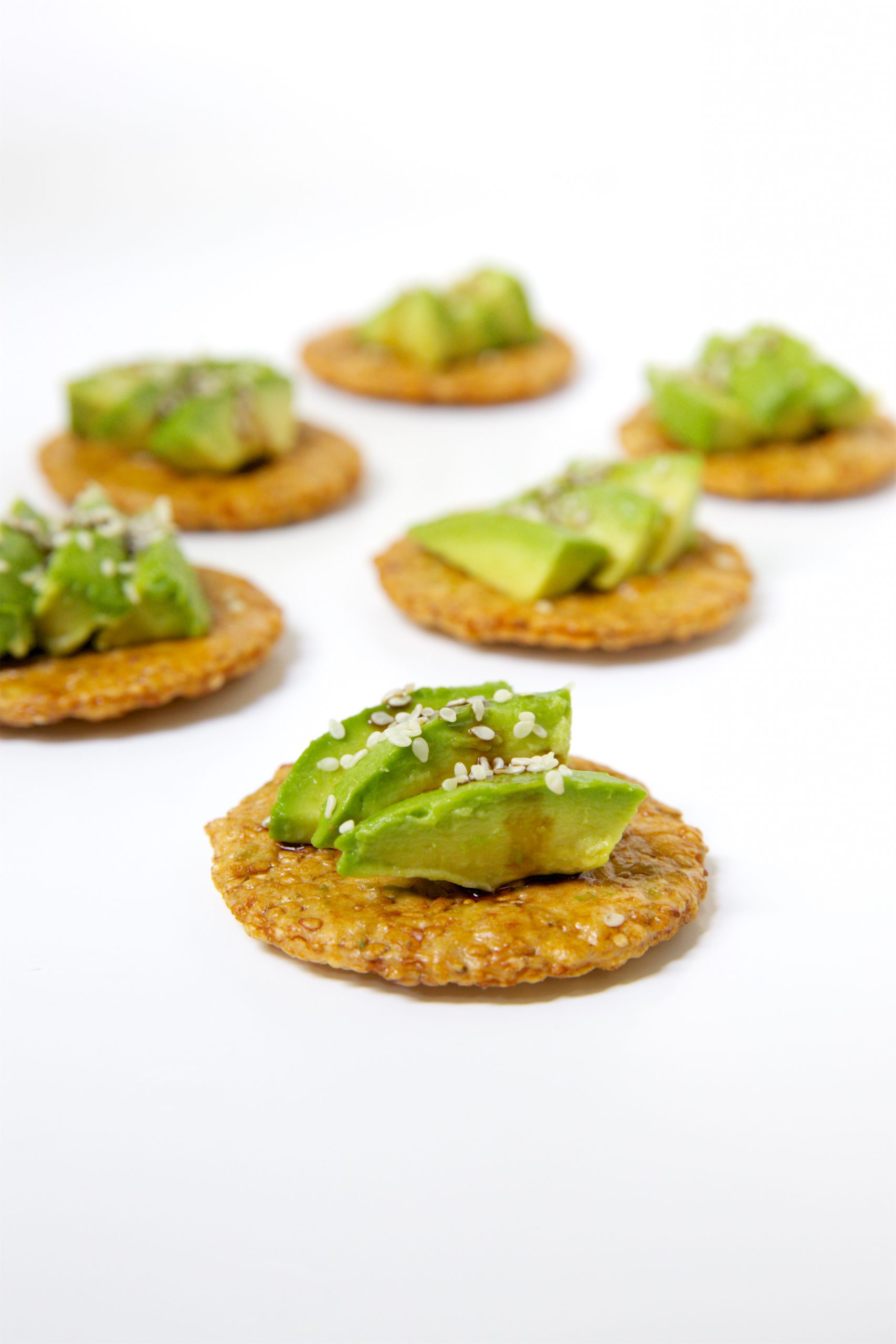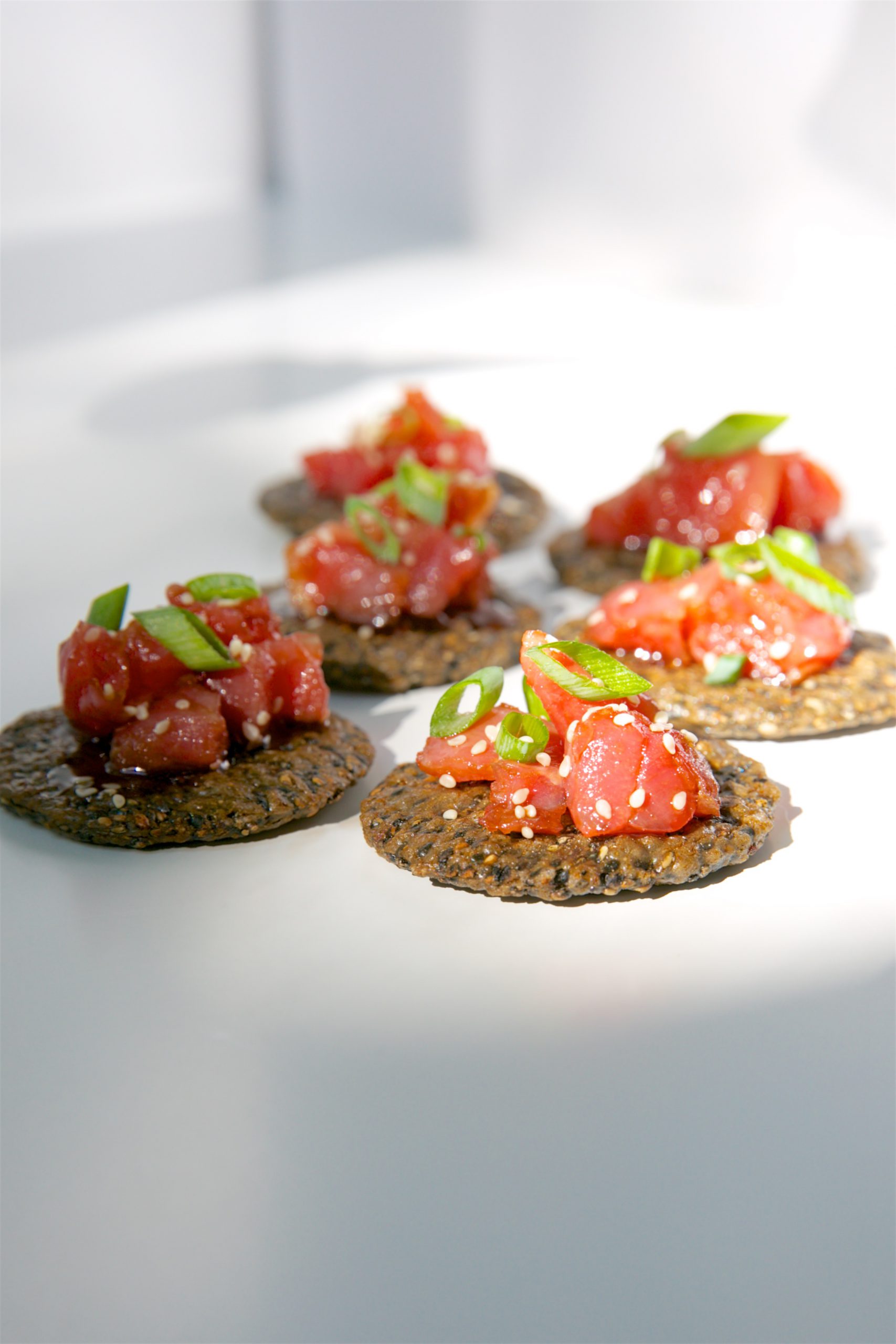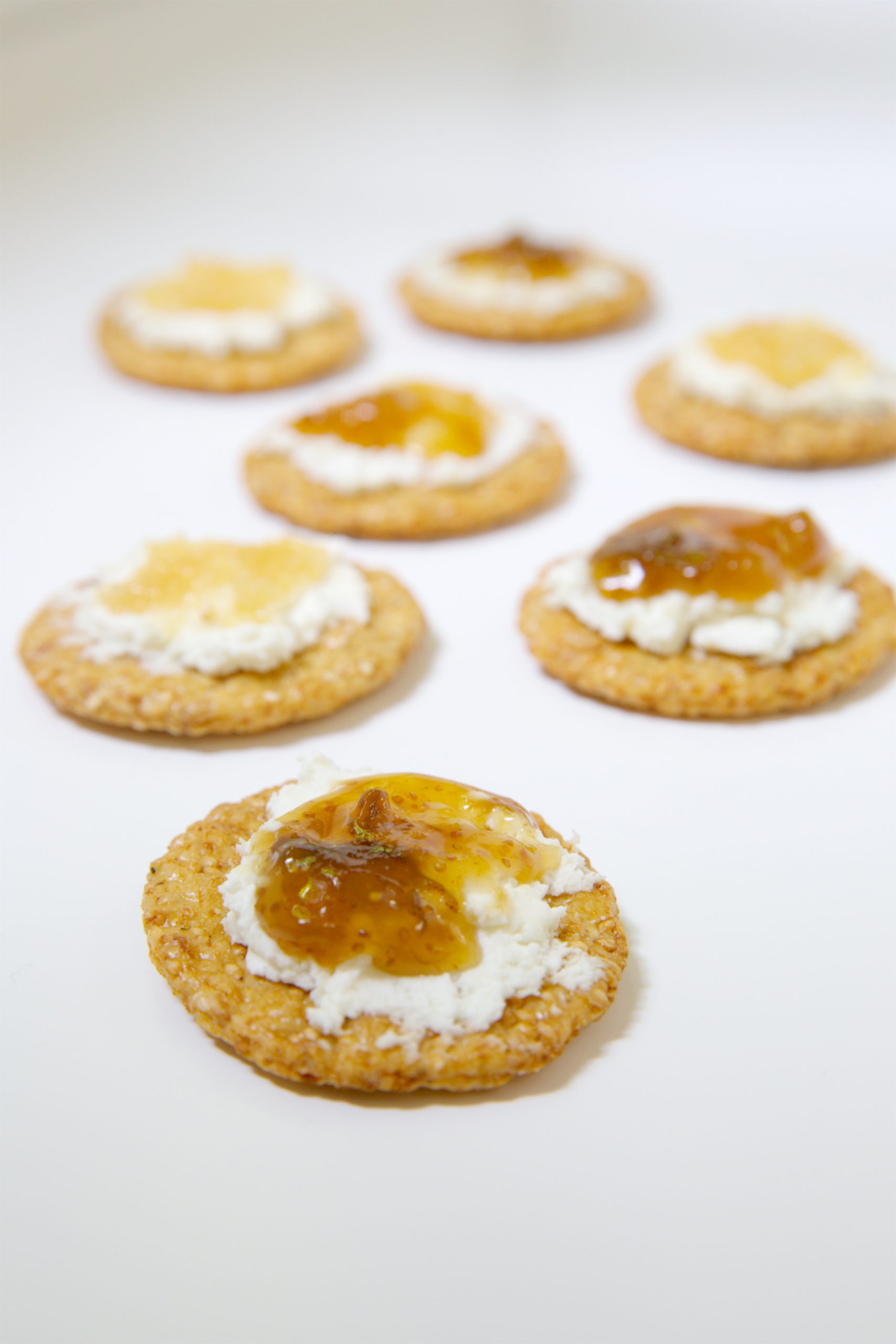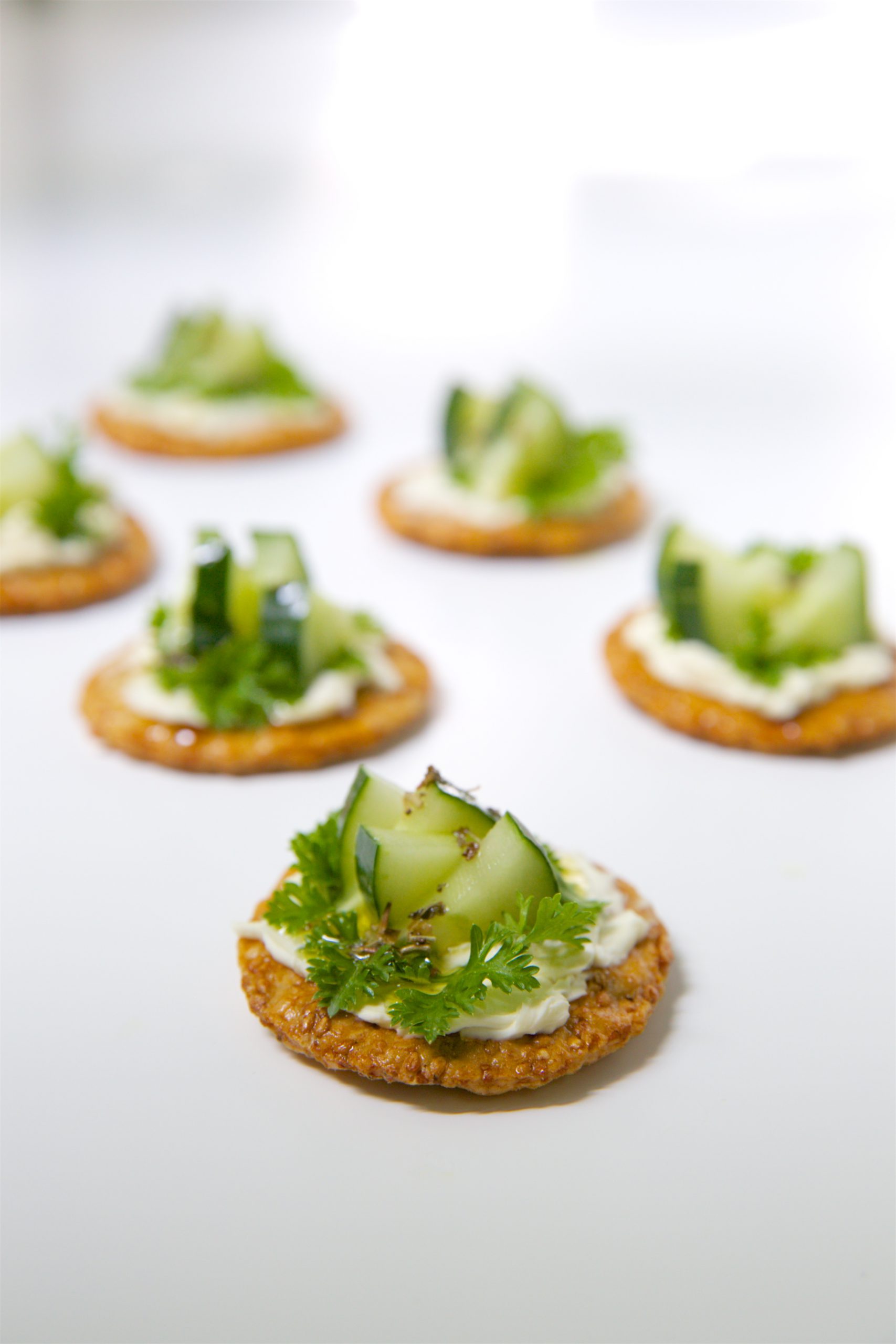Asian cuisine has made its mark in the United States for decades. We see these food options in restaurants, grocery stores, street vendors and any event where chefs can create these delicious Eastern recipes. There is no doubt that Americans have grown to love the taste of various countries, including China, Japan, India, Vietnam and Korea.
If you want to try Asian cuisine for the first time or recreate these flavors, learn some popular regional dishes that may spark your interest and taste buds. Take a look at the following food options and types of Asian cuisine and learn a little more about how Asian food has grown in popularity in the United States.
Table of Contents
- How Popular Is Asian Food in America?
- Most Popular Chinese Dishes
- Most Popular Japanese Dishes
- Most Popular Indian Dishes
- Most Popular Vietnamese Dishes
- Most Popular Korean Dishes
- Complete These Popular Asian Recipes With SAN-J
How Popular Is Asian Food in America?
Asian food has become increasingly popular in the United States and continues to expand the nutritious culture in the country’s most populated areas. The recipes we enjoy have become the second most popular ethnic cuisine. With the expansion of Asian food in restaurants and street vendors, the food options are still climbing the popularity chart in the United States each year.
So, is Asian food a trend or a staple in American diets? Our research in the past 12 months has shown a significant increase in online searches for different types of Asian cuisine by 82%. Korean and Indian cuisine has grown the most popular since 2021, with trending online searches rising to 82-83%. Other delicious options in Thai, Chinese and Japanese cultures hold a steady 50% increase in trending searches.
While Korean and Indian food may continue to trend in the next year, there is no doubt that these meals will grow to the same popularity as other Asian food in America.

Why Are Asian Foods So Popular in America?
Although most of us grew up with Asian cuisine from local restaurants, malls and take-out options, we rarely stop to think about when and why these recipes have become so popular in American culture. Some potential reasons for the rise in popularity of these Asian cuisine dishes include:
- A focus on healthy ingredients
- An emphasis on flavor complexity and combinations
- A variety of cooking preparations
- A view of food as a social connection
For these reasons, the U.S. has adopted ingredients from these food options to recreate meals. As we’ve found, Asian food is popular in larger populated states such as New York, Texas, California and Florida.
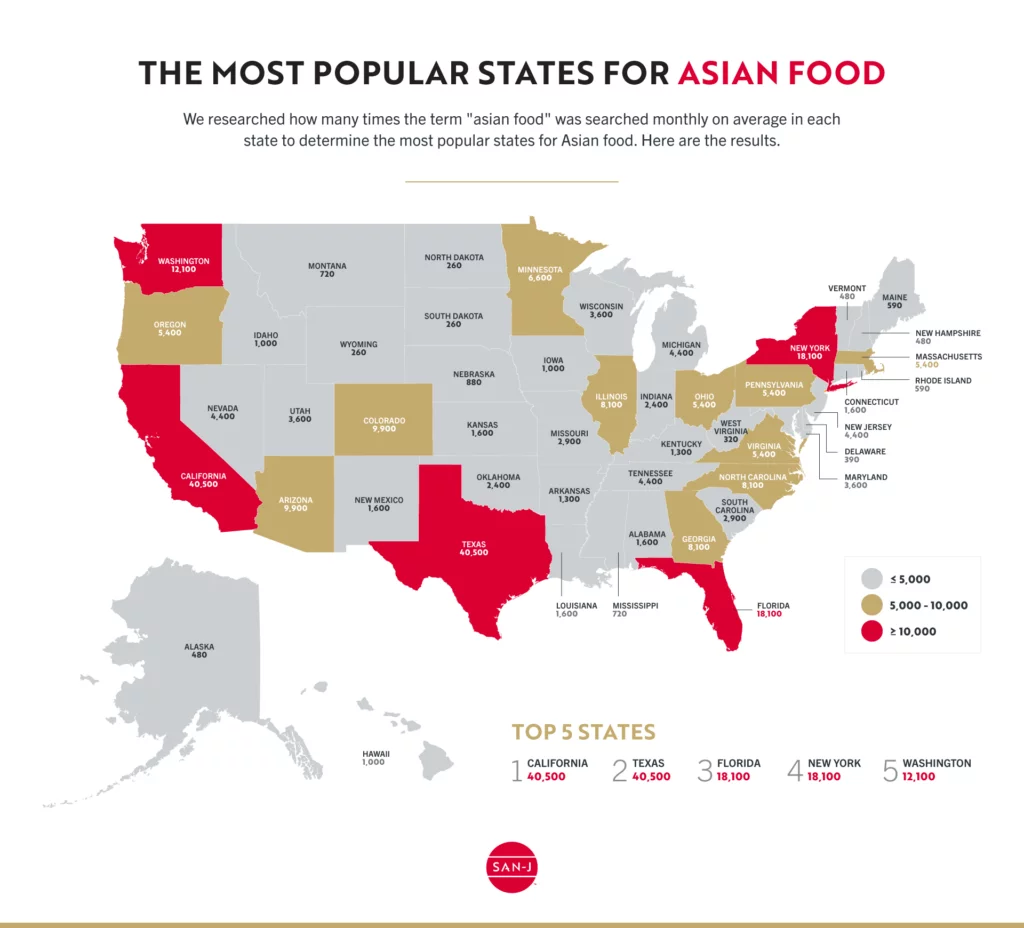
Most Popular Chinese Dishes
Unlike Western cuisine, Chinese meals consist of two main portions — the main dish of rice or noodles and a side of vegetables and meat. Food commonly represents history and art, making sitting down for a meal special in Chinese culture. You can enjoy thousands of different flavors that have been passed down through generations and made their mark in the United States.
Try a few popular Chinese dishes, like:
Dim Sum
For small brunch options, dim sum is the perfect meal choice. Dim sum is not a singular dish — instead, several smaller meals such as seafood, vegetables and meats. When ordering dim sum, the first item to arrive at your table will be hot tea. This beverage is a staple for this meal option, as dim sum originated in tea houses.
After drinking your tea, you will have the choice of several protein-filled portions to complete your meal, including:
- Shrimp dumplings
- Soup dumplings
- Egg tart
- Rice noodle rolls
- Chicken feet
- Barbecue pork buns
- Shumai — a meat and vegetable dumpling
Peking Duck
Roasted duck is a favorite dinner option in Chinese culture, especially by Beijing citizens. The word “Peking” comes from an old spelling of the city of Beijing, where residents would cook white-feathered ducks native to the area. The crispy skin and thin slices of meat are delectable and have become a favorite among Americans for the impressive amount of flavor.
Peking duck is often brushed with a sweet hoisin sauce, which contributes to the delicious taste. In most restaurants, the chefs roast the whole duck and slice the meat at your table. The duck’s traditional preparation makes this meal option so unique.
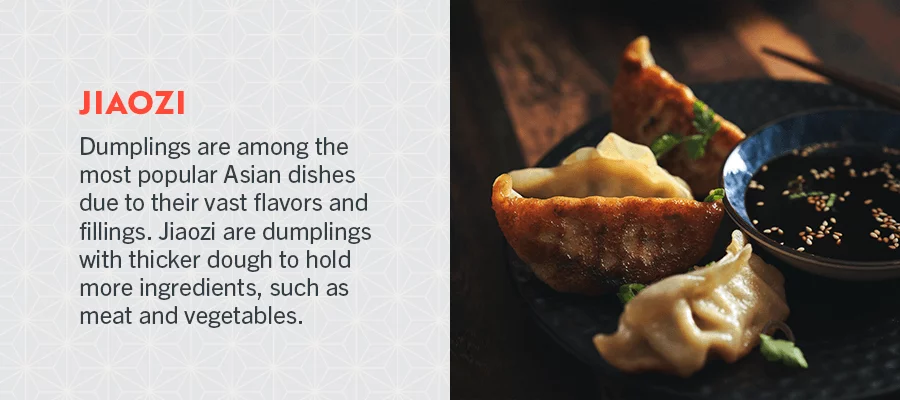
Jiaozi
Dumplings are among the most popular Asian dishes due to their vast flavors and fillings. Jiaozi are dumplings with thicker dough to hold more ingredients, such as meat and vegetables.
The most common types of Jiaozi meal options include:
- Shuijiao — boiled dumplings
- Tangjiao — soup dumplings
- Zhenjiao — steamed dumplings
- Jianjiao — deep-fried dumplings
Most restaurants will offer Jiaozi meat fillings, such as pork, shrimp, chicken, fish and beef. Vegetables you can add to your Jiazoi include mushrooms, carrots, spring onions, celery, spinach and cabbage.
Kung Pao Chicken
As one of the most popular Asian foods in America, kung pao chicken continues to add flavor to any meal of your choice. This delicious source of protein is boneless, skinless, stir-fried chicken breast that pairs well with vegetables and nuts.
Most recipes suggest chopping the chicken into cubes and dipping the chicken in dried chili peppers for a spicy finish. Unlike General Tso’s chicken which pairs with a sweet syrupy sauce, kung pao chicken typically comes with a thick, peppery sauce for an added savory flavor.
You can choose to mix green beans, asparagus, cashews and chili peppers with the chicken for a delicious meal of kung pao chicken.
Most Popular Japanese Dishes
Japanese cuisine is known for using rice, seafood, native vegetables and soup for almost every meal. Like many Asian dishes, Japanese recipes incorporate history and culture into every bite by adding these traditional ingredients into seasonal or celebratory meals.
Try a few of these delicious, most famous Japanese dishes below.
Sushi
For a delicious Japanese dish with a wide range of flavors, sushi is a go-to option for lunch and dinner meals. Sushi consists of cooked and seasoned rice and a variety of vegetables, egg or raw seafood. Nigiri is a type of sushi that combines a mound of rice with a slice of fish or seafood on top. Maki is sushi rolls where the rice and fish or vegetables are rolled in a sheet of seaweed.
To make sushi rolls, chefs will typically season rice with vinegar before placing it into rolls of seaweed, or nori. Many Americans appreciate the vegetarian options that sushi can offer. You can add various uncooked vegetables and fruits, including lettuce, cucumber, avocado, mushrooms and carrots.
If you prefer a little extra protein in your sushi, you can add salmon, beef, crab meat, tuna and other raw fish options. It’s then traditional to dip the fish- or nori-side of your sushi into a bit of soy sauce for added umami flavor.
Ramen
Another staple in American diets is ramen. Due to the versatility in flavor, ingredients and preparation, ramen is one of the most popular Asian dishes that has become Americans’ favorite, easy meal option.
Ramen consists of Chinese-style wheat noodles in various broth such as soy sauce base, miso base, or tonkotsu base. While an instant ramen typically only consists of flavored seasonings, authentic Japanese ramen requires hours of careful preparation especially for making broth and the dish comes with a wide selection of toppings and added flavors.
You can add protein and flavor to your toppings from ingredients such as:
- Eggs
- Scallions
- Pork or beef strips
- Seaweed
- Mushrooms
- Bean sprouts
- Bamboo shoots
A restaurant will cook the toppings separately as the noodles boil in the flavored broth, so the bowl is piping hot by the time it arrives at your table. You can follow this same procedure if you prepare ramen in your kitchen.
Tempura
Tempura is a great Japanese meal option if you love vegetables, seafood and protein. This dish consists of deep-fried vegetables, seafood, and meat that you can eat on its own or add it to udon noodle soup. The crunchy texture and delicious battered ingredients are becoming increasingly popular in Japanese restaurants across the United States.
You can choose from a wide selection of meats, seafood and vegetables to make your tempura, including:
- Shrimp
- Squid
- Fish
- Chicken
- Japanese sweet potatoes
- Mushrooms
- Squash
- Eggplant
Wagyu
Wagyu beef has become a delicacy for Japanese cuisines that has spread to the United States. Why is this meat so popular? Wagyu is a type of cattle breed in Japan. The meat they produce has a unique concentration of fat inside the muscle, categorizing the beef as a high marbling texture. This factor makes the meat more expensive since other beef does not have the same high-grain intramuscular fat.
If you order wagyu beef at a Japanese restaurant, you will likely only have a plate of beef with no sides. Since the meat is considered a delicacy, the wagyu beef will be the only focal point of the meal. You or a chef will slice the meat into two- to three-inch-thin slices to preserve the flavor in more bites since the meat is only the size of your palm.
The rich flavor and sweet aftertaste make this meal option a top Asian food among Americans looking for fine dining.
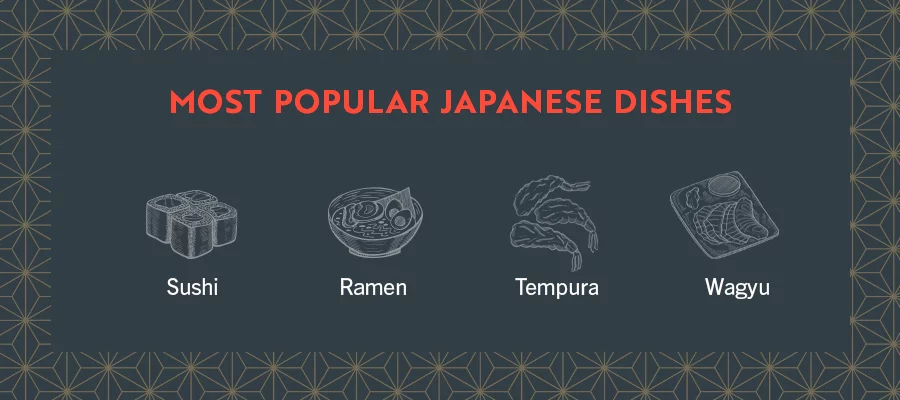
Most Popular Indian Dishes
Food plays a significant role in Indian culture that spans many regions and populations. Indian cuisine is known for its native spices, plants and grains that most meals incorporate for additional flavor.
Try a few popular Indian dishes from the comfort of your home with the following recipes.
Biryani
This dish contains long-grained rice, herbs and meat to create a delicious, filling meal option. You can use a wide selection of spices, including star anise, cumin, cloves, chili pepper and any other additional flavorings you enjoy. Add a bit of protein with beef, lamb, chicken or pork strips. This dish pairs well with vegetables mixed with rice, such as beans, carrots and corn.
Paratha
This simple dish is a staple in many Indian diets. Paratha is a flatbread that only needs flour, salt, water and oil or ghee — clarified butter. You can add butter and chili pepper to add more flavor if you prefer a bit of spice to your meal. Many restaurants will serve paratha with a side of vegetables and spices so you can enjoy a wide selection of tastes to accompany the flatbread.
Most Popular Vietnamese Dishes
Vietnamese cuisine is perfect for those who want a rich flavor blend in every meal. The population creates delicious food options that combine an equal taste of sweet, savory, salty, spicy and sour so you can feel satisfied with each bite.
Experience these flavors for yourself with some popular Vietnamese dishes.
Pho
Pho is Vietnam’s national dish consisting of bone broth, herbs, meat and rice noodles. You can find this popular Asian dish in Vietnamese restaurants across the United States and at street stalls throughout its native country.
Some may think that pho and ramen are the same meal when going to an Asian restaurant. However, you will notice that the noodle texture and taste are slightly different. Pho consists of translucent and soft noodles, while ramen noodles are thick, doughy and chewy.
Since the soup has a wide selection of ingredients, many consume pho on its own as a stand-alone meal. Some restaurants will serve pho with an additional side of vegetables and spices to add to the soup if you desire.
Bánh mì
Bánh mì is an excellent choice for a delicious and light lunch option. Like American subs or hoagies, bánh mì features a longer baguette bread that chefs slice in half then place meat and other savory ingredients in. The bread has a soft interior and crispy outer layer for added texture.
These sandwiches can include ingredients that appear in other Vietnamese dishes, such as:
- Pate
- Pickled vegetables
- Green onions
- Boneless chicken, pork or beef
- Cilantro
- Fresh chilies
- Soy sauce
Gỏi Cuốn
Gỏi cuốn — also known as Vietnamese spring rolls — is meat, vegetables and rice noodles in a rice paper roll. The roll is thin enough to see the ingredients inside.
The most common ingredients in gỏi cuốn include:
- Pork belly
- Rice noodles
- Shrimp
- Thai basil
- Peanuts
- Vegetables — typically carrots, mushrooms and lettuce
In most Vietnamese restaurants, gỏi cuốn will come with a side of dipping sauce that consists of peanut butter, chicken broth and sugar.
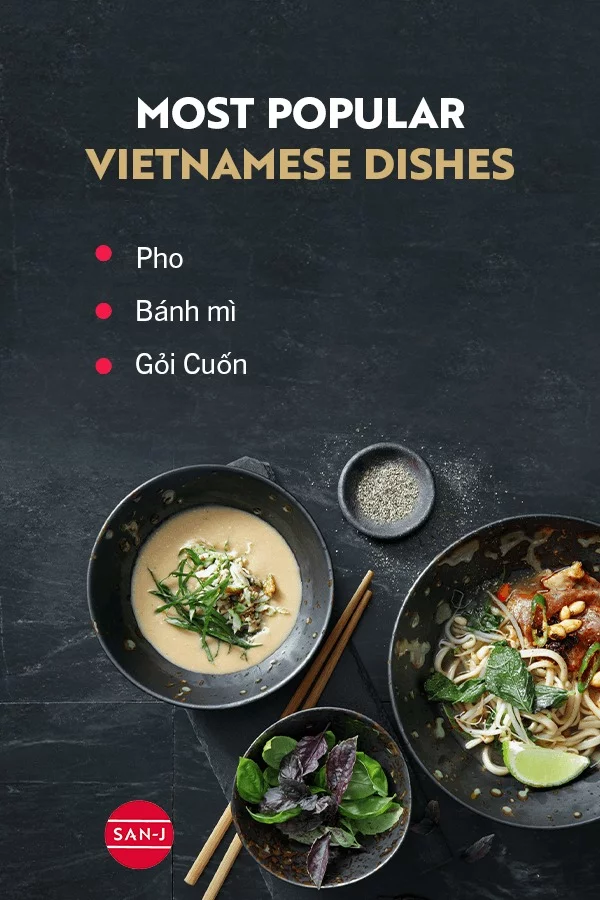
Most Popular Korean Dishes
Korean cuisine is famous for incorporating food from land, sea and mountains due to the nation’s peninsula. The population prides itself on the rich flavors and wide selection of food options for every meal. Locals and tourists enjoy the vegetables and meats native to the surrounding areas.
You can enjoy a few popular Korean dishes with the following meals.
Samgyeopsal
Also known as Korean pork belly barbecue, samgyeopsal is pork belly that appears as two layers of lean meat and a layer of fat when cut. You can serve the grilled pork belly with lettuce, pickled radish, perilla leaves, vegetables pickled in soy sauce and a spicy dipping sauce.
Bibimbap
Bibimbap is a fun meal to create if you enjoy simple dishes with lots of protein. This dish is a mixed bowl of rice, beef, assorted vegetables and eggs. The individual ingredients cook separately and combine to create a delicious concoction of healthy food options for any meal.
Bulgogi
For a savory, protein-filled meal, bulgogi is the perfect option that is relatively easy to prepare. Thin beef strips marinate in a mixture of soy sauce, sesame oil, sugar, garlic, green onion, sesame seeds, and black pepper.
After marinating the beef overnight in the ingredients, grill the meat over medium heat for a few minutes and serve it with green onions and sesame seeds.
Complete These Popular Asian Dishes and Recipes With SAN-J
Are you interested in trying these delicious recipes with an additional splash of flavor? Use flavorful sauces by SAN-J. Our wide selection of authentic flavored sauces provides any meal with umami-rich flavors you’d find throughout Asian cuisine.
Take a look at our unique sauces today to create delicious meals the whole family will love. If you feel inspired to cook after reading through these food options, consider using our sauces in these deliciously crafted recipes.
Back to Top

